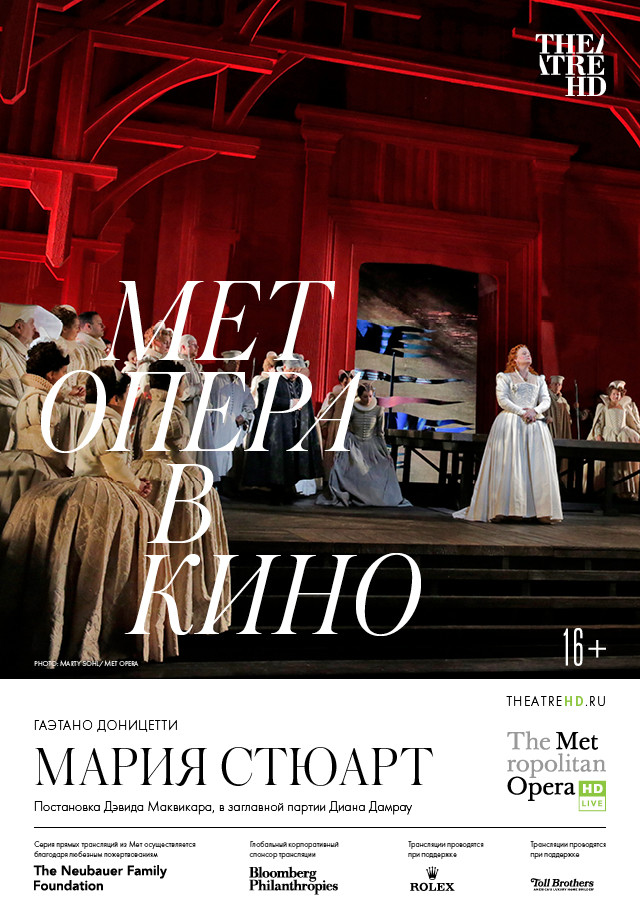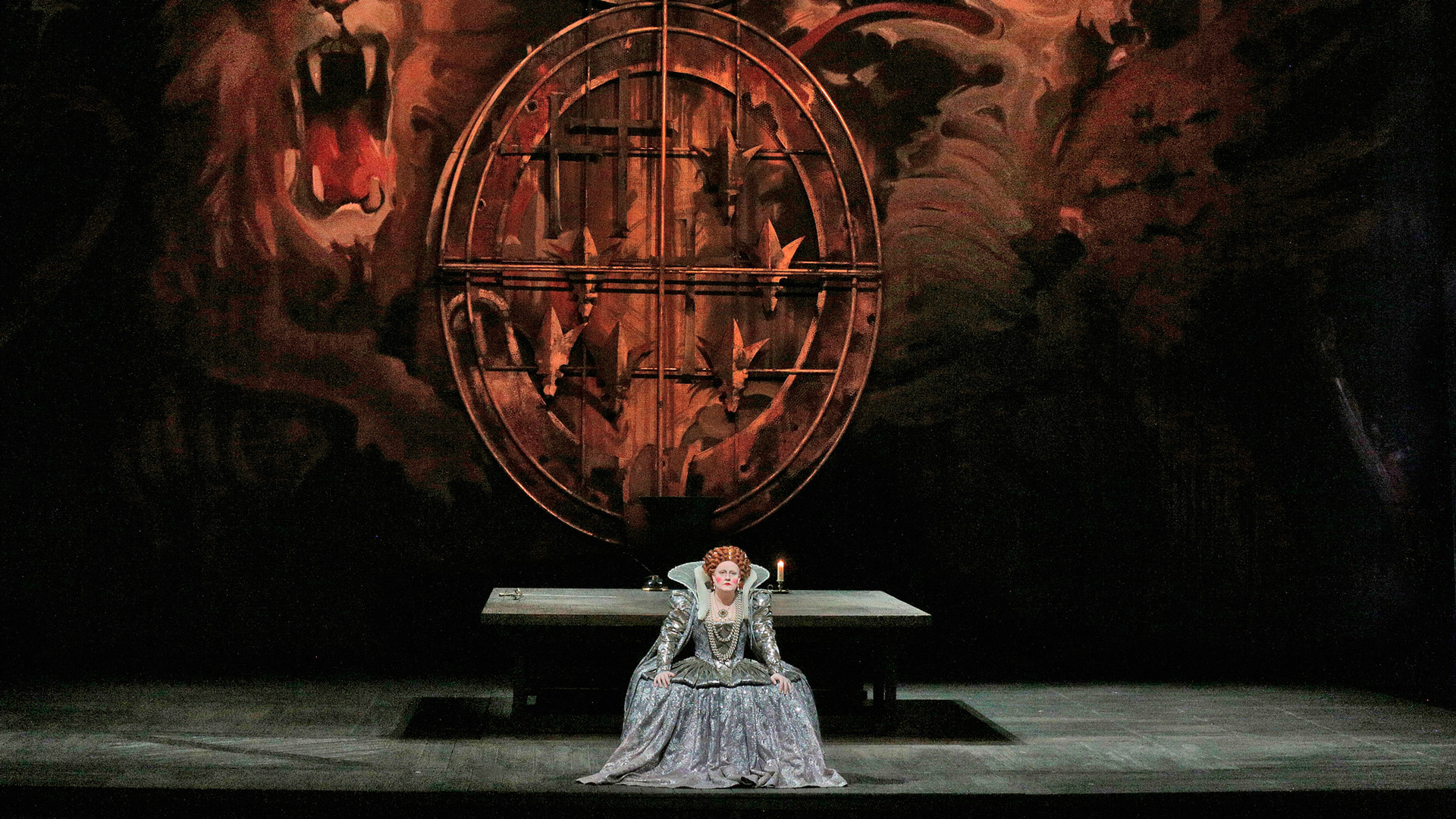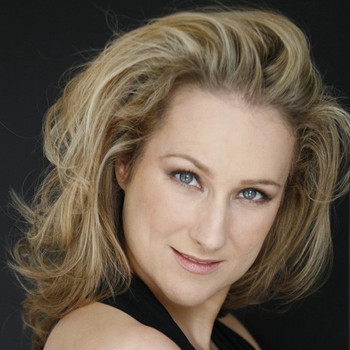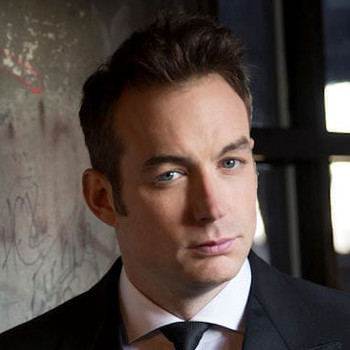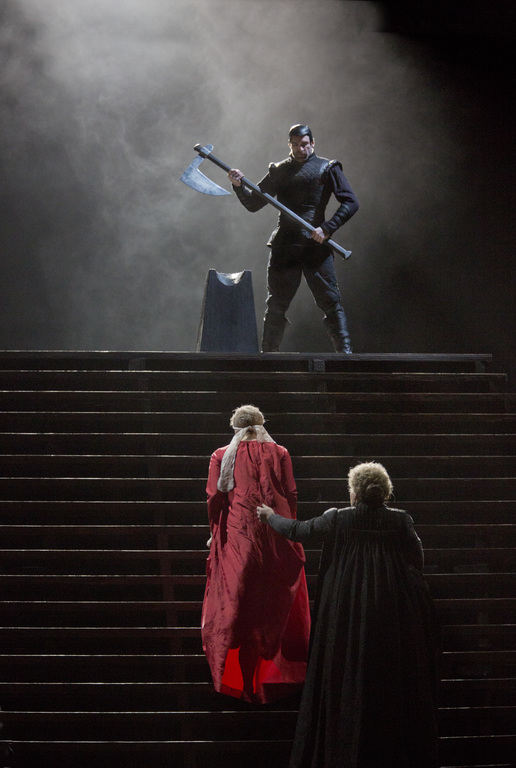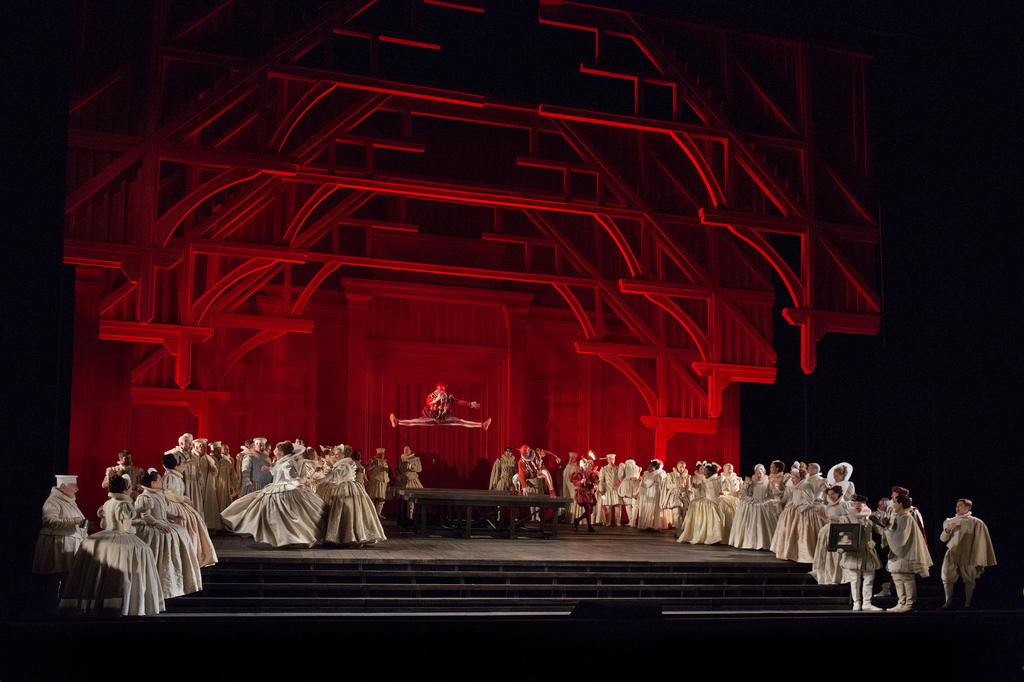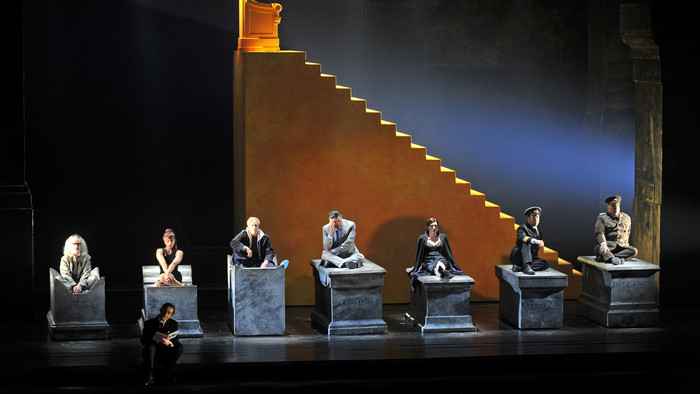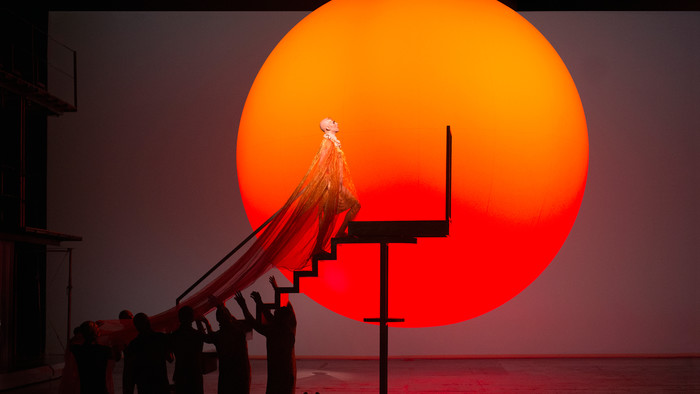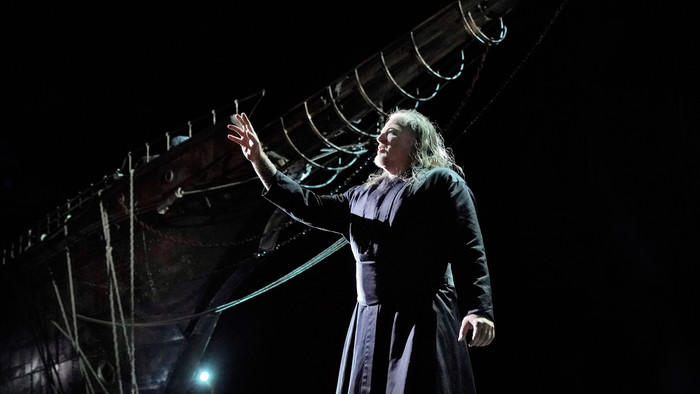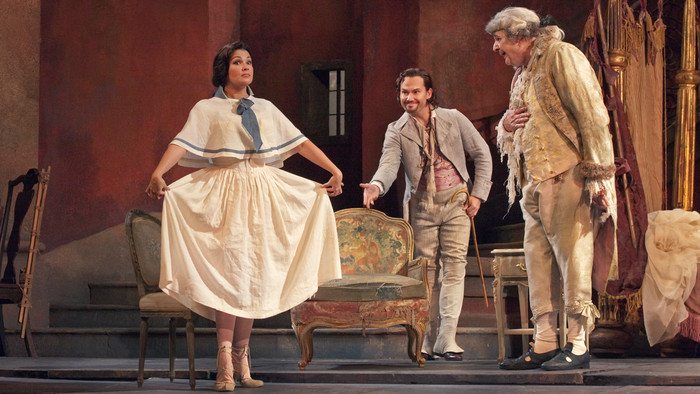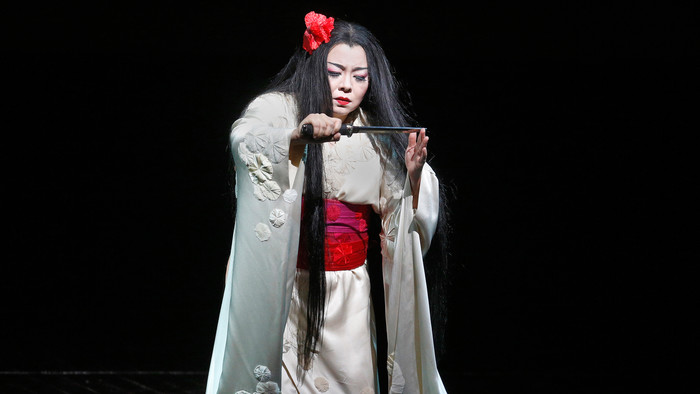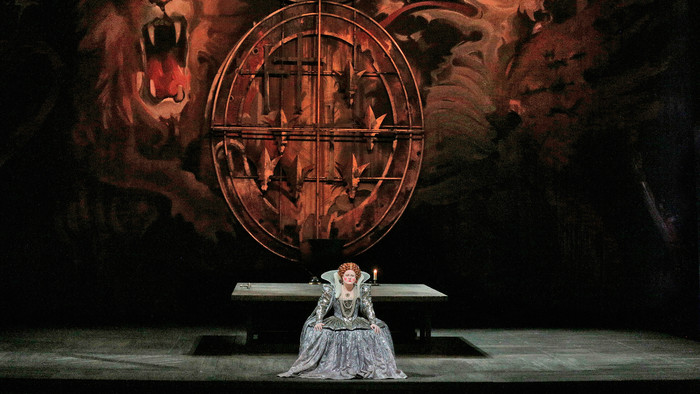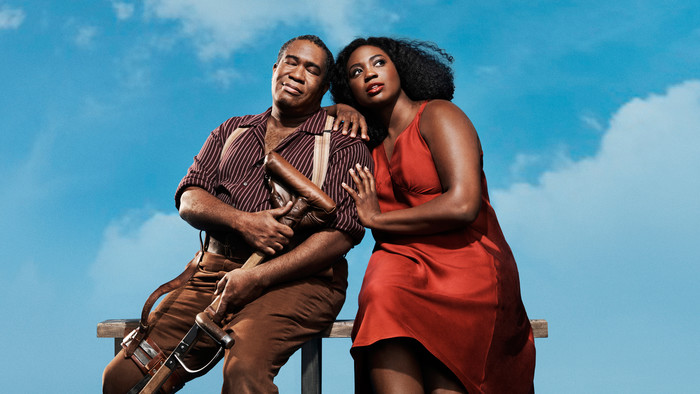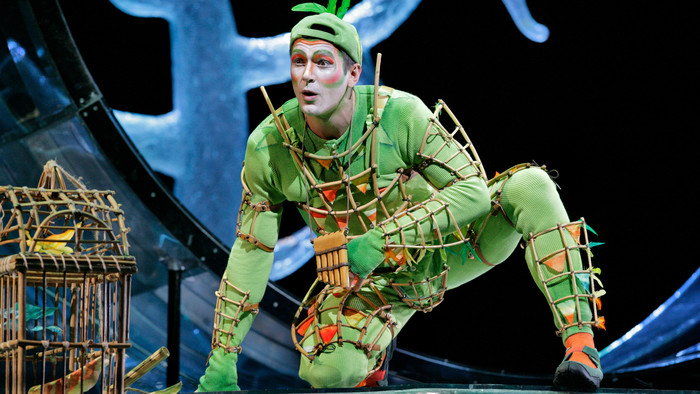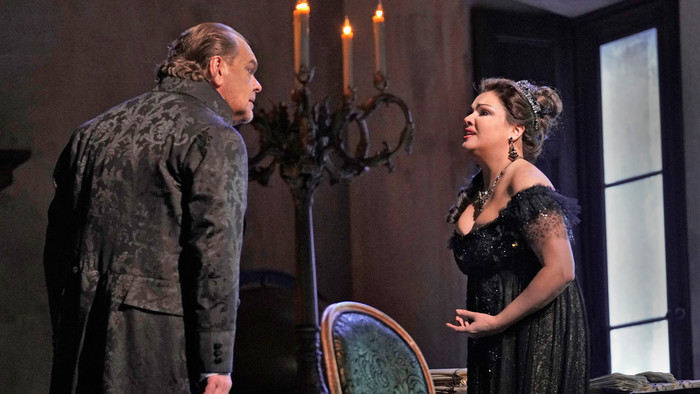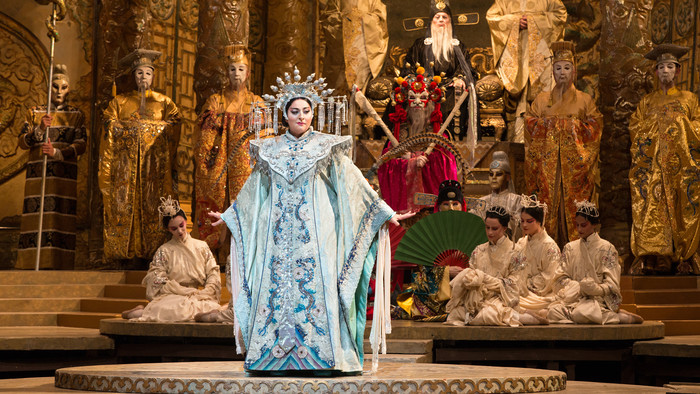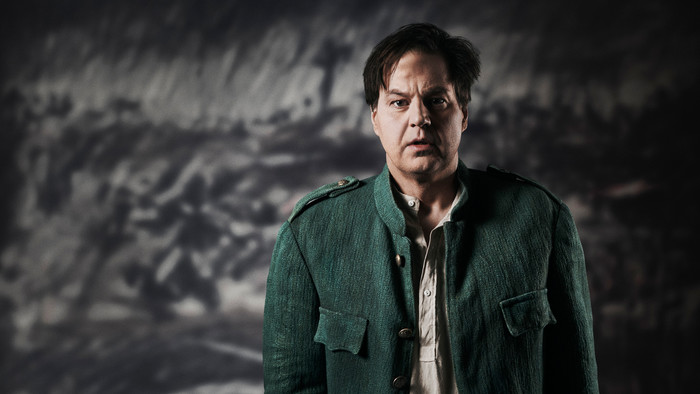INTRODUCTION
Late 16th century. Mary Stuart, Queen of Scots, has been forced to abdicate her throne and flee her kingdom after the rebellion of her Scottish nobles. A Catholic, crowned at the age of nine months, she was betrothed to the Dauphin of France and raised from childhood at the French court. At 18, she returned to her native land, following the sudden death of her husband Francis II, having reigned as Queen of France for little more than a year. Unable to exert control over her Protestant nobility and beset by insurrections, plots, and murders, she has sought asylum in England from her cousin, Queen Elizabeth. But her presence in Protestant England is untenable to Elizabeth and her advisors. As a descendant of the Tudor line, the English Catholics see Mary as the rightful heir to Henry VIII’s crown (Elizabeth having been declared illegitimate following the execution for adultery of her mother, Anne Boleyn). An English inquiry into the scandalous murder of Mary’s dissolute second husband, Henry, Lord Darnley, has proved inconclusive as to her complicity in the crime but has served as a pretext to keep the former Queen of Scotland imprisoned for many years.
ACT I
At the Palace of Whitehall in London, the court are celebrating. The Duke of Anjou, brother to the King of France, has sought Queen Elizabeth’s hand in marriage and the glorious alliance of the two kingdoms is eagerly anticipated. Elizabeth is still undecided as to whether she will accept the French proposal. For a long time, her heart has belonged to her favorite, Robert Dudley, Earl of Leicester, but recently she has sensed that his love for her is waning. Talbot, Earl of Shrewsbury and Mary Stuart’s custodian for many years, takes the opportunity to petition the Queen for her cousin’s release. Cecil, Elizabeth’s Secretary of State, argues that Mary presents a constant threat to the stability of England while she remains alive. Elizabeth refuses to be drawn in on the subject of her cousin but privately fears that the Queen of Scots has stolen the love of Leicester from her. In the past, Leicester has been a suitor for Mary’s hand and was dazzled by the young Queen’s beauty when he first met her, long ago in France. Leicester arrives and Elizabeth gives him a ring to convey to the French Ambassador in equivocal acceptance of Anjou’s proposal. His indifferent response fuels her suspicions and she leaves, attended by the court. Alone with Leicester, Talbot secretly hands him a letter and a miniature sent by Mary. Enmeshed in the plots of the English Catholics against Elizabeth, Mary’s life now hangs in the balance. Enraptured by the portrait, Leicester vows to give his aid and support to Talbot’s plans for Mary’s liberation. As Talbot leaves, Elizabeth returns, alone. Suspicious of Talbot, she demands to see the letter in Leicester’s hands. Mary has written to beg Elizabeth for an audience and despite herself, tears spring to Elizabeth’s eyes. Seizing his advantage, Leicester presses the Queen to agree to ride out near Mary’s prison on a hunt and under this pretext engineer a meeting between the two queens. Although mistrustful, Elizabeth agrees to her favorite’s request.
Unexpectedly allowed by Talbot to walk freely in the park outside her prison of Fotheringhay Castle, Mary rejoices, running far ahead of her lady-in-waiting, Hannah Kennedy. Her thoughts turn to times of happiness and liberty in France. The horns of the royal hunt are suddenly heard in the distance. The approaching huntsmen cry out Elizabeth’s name and Mary is struck with fear at the prospect of finally setting eyes on her cousin. Leicester has ridden ahead of the hunt to prepare Mary for the meeting. He urges her to humble herself before Elizabeth and move the Queen to pity. Pledging his love and loyalty, he promises Mary that she may yet be free. He hastens to greet Elizabeth as she arrives with the hunting party. She is agitated and suspicious and Leicester’s solicitude for Mary’s cause rouses her jealousy. Talbot leads Mary forward and the two queens stare into each other’s eyes for the first time. Mary masters her pride and shows deference before Elizabeth but her cousin remains aloof and insulting. She accuses Mary of licentiousness, murder, and treason. The tender words with which Leicester tries to calm Mary serve only to increase Elizabeth’s anger. Insulted beyond endurance, Mary turns on Elizabeth. She denounces her as the illegitimate offspring of a whore, one who’s foot sullies and dishonors the throne of England. Elizabeth orders the guards to seize Mary and drag her back to her prison.
ACT II
Time has passed and Mary has remained incarcerated at Fotheringhay, under ever harsher conditions. The marriage to Anjou is now a faded dream for Elizabeth. Cecil has procured evidence that implicates Mary in a Catholic plot to assassinate Elizabeth, and a warrant for her death lies on the Queen’s desk at the Palace of Whitehall. But Elizabeth is racked with anxiety and fear. If she signs it, she sends an anointed monarch to the scaffold and makes an enemy of all Catholic Europe. Cecil urges her to be strong: her own life could be at stake and all England will applaud her and defend her, if need be. Elizabeth’s indecision ends when Leicester enters the chamber. Quickly and indifferently she signs the warrant and hands it to Cecil. Appalled, Leicester pleads with her to rescind the order and show mercy. Elizabeth commands him to be present as witness to the execution. Leicester tells her that she has sent a sister to her death and leaves.
In her room at Fotheringhay, Mary rails bitterly against her fortune. Suddenly, Cecil and Talbot enter to tell her that she must die in the morning. Cecil offers her the services of a Protestant minister in her final hours. Angrily, she refuses and commands him to leave but asks Talbot to stay. He tells her that Leicester will be present when she dies and tries to comfort her. But Mary is tormented by the ghosts of her past and longs to make the confession to God that Cecil has denied her by refusing the ministrations of a Catholic priest. Her heart is heavy with the bloody memories of her short reign in Scotland, and the deaths of her beloved favorite, David Rizzio, and her husband, Darnley. Gently, Talbot urges her to confess to him. She agrees and begins to unburden her conscience. Finally, she confesses her unwitting acquiescence in the fatal plot of the English Catholic, Sir Anthony Babington, to assassinate Elizabeth. She and Talbot pray together for God’s absolution and Mary calmly prepares for death.
Early next morning, Mary’s faithful servants gather, weeping outside the great hall of Fotheringhay, where Mary will be beheaded. The Queen enters. She asks them not to shed tears, as death comes to liberate her. She gives Hannah a silken handkerchief to bind her eyes when the moment comes and leads the household in a fervent prayer. The shot of a cannon on the ramparts above signals that the time of execution is near and Cecil arrives with guards to conduct Mary into the hall. Elizabeth has sent word that all requests should be granted her in her final moments and Mary asks that Hannah may accompany her to the scaffold. She tells Cecil that she forgives her cousin and prays that her blood will wash away all memory of hatred between them. Leicester suddenly appears, distraught, as more shots of the cannon indicate the time has come. Mary calms him. She is content that she will die with him close at hand. She prays that England may be spared the vengeful wrath of God. Dressed in red, the color of Catholic martyrdom, she ascends the scaffold.
